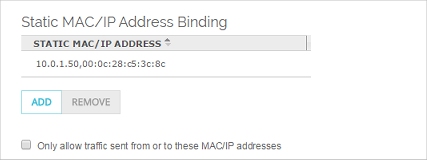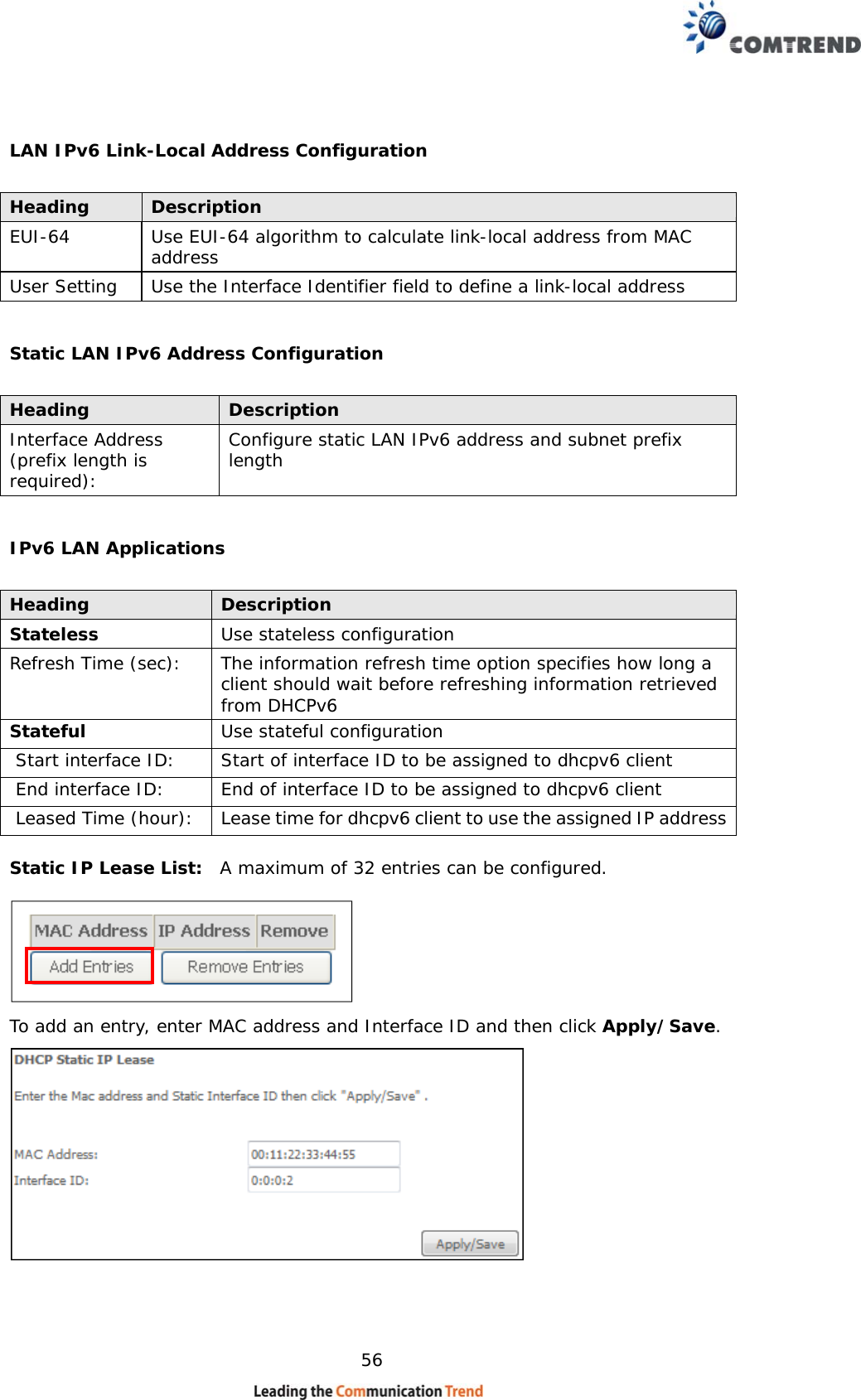Matt Cone March 15, 2013 TutorialsMacNetwork
When your Mac is connected to a private network in a home or office, it’s probably assigned what’s known as a dynamic IP address. (To check, see How to Find Your Mac’s IP Address.) That’s not a problem for the majority of users - most people don’t care whether their IP addresses changes or not. But dynamic IP addresses won’t work for certain tasks like port forwarding, dynamic DNS, or client-to-client file sharing on the local network. For those unique situations and others, only a static IP address will work.
By setting a static IP address in OS X, you’ll create a permanent, private IP address for your Mac that won’t change from one day to the next. Other devices connected to the local network will be able to access your Mac, and if you set up port forwarding, certain services running on your Mac will be accessible to the outside world.
If you do not want to delete that file, then remove all your Proxy entries. Uncheck all Proxy checkboxes. And set your Network Preferences - Advanced - TCP/IP tab - Configure IPv4: Using DHCP. If you want, give your TCP/IP tab - DHCP Client ID: a simple value (to identify your Mac from other Macs on the network). An external IP address, also known as a public IP address, is assigned to your network as a whole by your Internet Service Provider. This IP address is how the rest of the Internet sees you. In addition to the external IP address, every device on your network will have its own IP address, including your Mac and your router. While the IP address changes over time, the MAC address of a network adapter always stays the same. Using ARP, each local network interface tracks both the IP address and MAC address for each device it has recently communicated with.

- The router will hand out the first available IP address from that pool and will mark the address as “leased” so that it does not hand out the same IP address to any other client on the network. All clients on the LAN will receive the same Subnet Mask, Default Gateway and DNS Server settings from the DHCP server since those details are.
- Select Internet Protocol (TCP/IP) and choose Properties. Set your IP address according to part 1 of this guide. Set as 255.255.255.0 for small networks. A gateway is generally your router’s IP address, but with a router it’s generally better to use DHCP (auto-assigning IP addresses).



Here’s how to set a static IP address in OS X:
If you own a MacBook, you may want to create a new network location. This will allow you to use the static IP address for certain networks and not others. See How to Configure Network Locations in OS X for instructions.
From the Apple menu, select System Preferences.
Select Network. The window shown below appears.
From the sidebar, select an active network interface. In this example, I’m connected to a wireless network, so I’ll select Wi-Fi.
Make a note of the current IP address assigned to your Mac. You’ll need to select a new IP address from within the private IP address range listed. More on that in a minute.
Click Advanced.
Select TCP/IP. The window shown below appears.
From the Configure IPv4 menu, select Manually.
Enter a static IP address in the IPv4 Address field. What number should you enter? One method is to take your current IP address and change the last part of the number. In this example, my current dynamically-assigned IP address was
10.0.1.8, so I picked10.0.1.129. I could have picked any address between10.0.1.0and10.0.1.255, as long as the address was not already assigned to another device.Click OK.
Click Apply.
Clear Manual Ip Address Entries From A Mac Os
Congratulations! You have successfully set a static IP address for your Mac. Now the other devices on the private network can access your Mac by using the static IP address you assigned it. Just remember to switch network locations if you start using a different network - others may not take kindly to you using a static IP address on their network.
Clear Manual Ip Address Entries From A Macbook Pro

Related Articles
Clear Manual Ip Address Entries From A Macbook Air
Subscribe to our email newsletter
Clear Manual Ip Address Entries From A Mac File
Sign up and get Macinstruct's tutorials delivered to your inbox. No spam, promise!